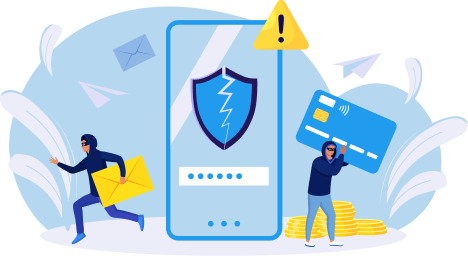Learn how to prevent credit card fraud and protect your finances with guidance from '.env('APP_NAME').'
How Credit Card Fraud are Exist
Credit Card Fraud Protection & Tips - Credit card fraud occurs when scammers gain access to card information through methods like data breaches, skimming devices, phishing attacks, or malware.
Once they have the information, they can make online purchases, withdraw cash, or even create counterfeit cards.
Credit card fraud is a widespread issue, with scammers stealing card details to make unauthorized purchases or withdrawals. This type of fraud can drain accounts, harm credit scores, and cause significant stress for victims.
Recover Your Funds with Digitrace
If you’ve been a victim of credit card fraud, Digitrace is here to help. Our team works to track down fraudulent transactions, identify the source of the breach, and assist with recovery efforts.
We liaise with financial institutions to improve your chances of recovering lost funds and securing your accounts against future fraud.
Time is critical in credit card fraud cases. Contact Digitrace today to begin the recovery process and regain control of your finances with expert guidance.




